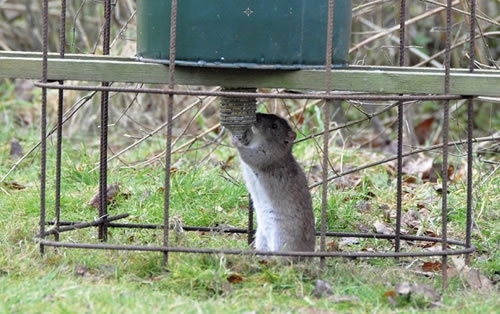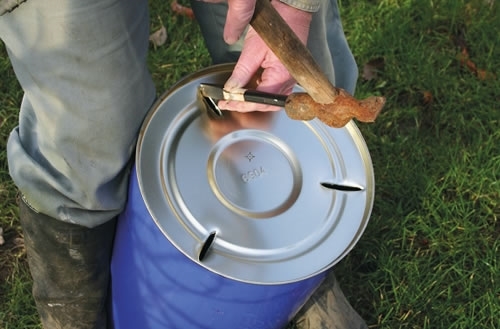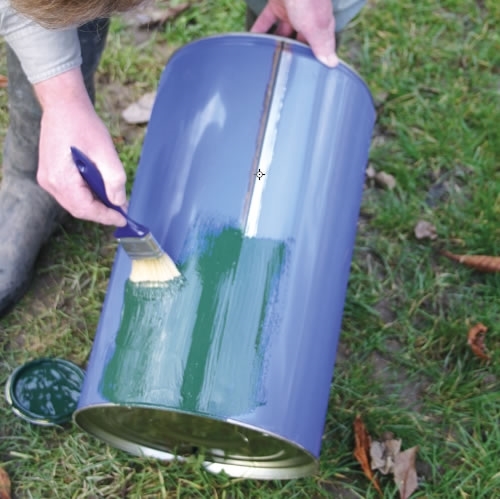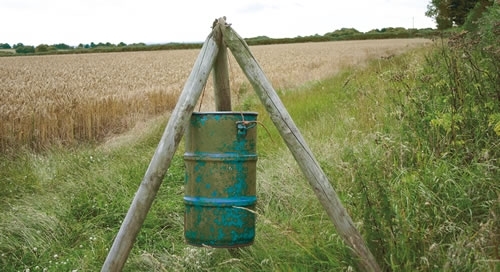By Mike Swan, GWCT Head of Education
Back in the early 1980s, we had a rule of thumb guide on post-release feeding, which said that you needed about eight tons of food to last 1,000 pheasants from release, through the winter and into early spring. Today, that amount seems to have crept up to about 10 tons. If you subtract the two tons of grower pellets required to make sure that the young birds develop well, that means the wheat needed has increased by a third.
So, why the increase? Well part of it is that GWCT research has shown that it pays to feed until the end of May, to ensure the best chance for wild production as modern efficient farming means there is less ‘natural’ food in the form of spilt grain and weed seeds. However, too many people use open feeders that are easily robbed by scavengers like rooks, pigeons and rats.
Supporting other wildlife through the hungry gap is a good spin off from game management, and I love that there are always yellowhammers under my feeders. So, how do you make a hopper that is good for game and helps small songbirds, but denies access to the real scavengers? I hope these tips for using small drums help.
Many keepers prefer bigger feeders, saying that you need to fill them less often. But the pressure from the heavy weight of corn causes the grain to jam. If you open up the slots to free things, when half the food is gone, the rest pours out onto the ground.

Don’t use a simple spiral - just look at the photo above if you are not convinced. Some folk seem to think that pheasants are so stupid that you have to show them the corn to get them to find it, but this is just not true.

There are lots of feeder designs but I think none are better than a 25 litre (5 gallon) metal drum, with slots knocked into the base with a hammer and chisel. The food may not be obvious, but the odd grain spills and as soon as a bird finds it, it looks up to see where it came from.

Buy new drums from a container supplier, cut slots and paint it green. The decent heavy-weight drums made of 0.5mm thick steel ensure that the feed slots do not wear out before the feeder rusts away.

Hang the hopper rather than nailing it to a post, or hang on a low branch. A tripod of posts also works very well. It is nearly impossible for a rat to get to the feeding slots. Even if it climbs down from above, it cannot get from the lid of the feeder down the side and underneath.
Social responsibility
The more grain you waste, the more rats you feed, and hence the more rodenticide you need to use to kill them. The more rodenticide you use, the more ‘leaks’ out into other wildlife, and the more you risk the loss of rodenticides on wildlife safety grounds. It is a fact that these powerful poisons go up the food chain – just like organochlorines did in the 1950s and 60s.
GWCT Gamekeeper Membership - Join online today
Get exclusive access to advisory courses & legislation updates
Join for £4 a month >